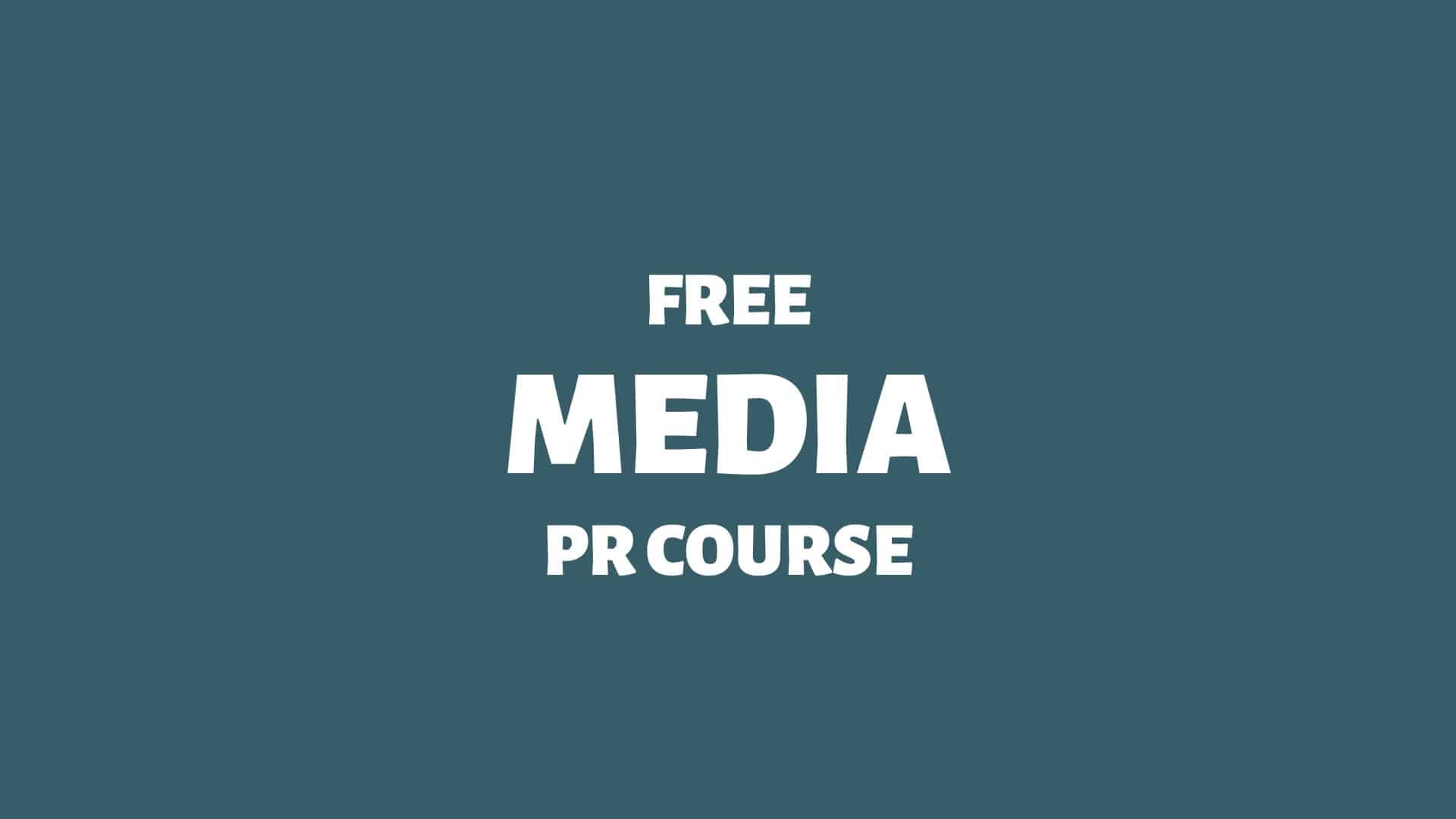The hostile media effect is a fear-based bias.
Do you think that the news media is biased against your beliefs? Well, they might be …
… and they might also not be.
Here we go:
Hostile Media Effect
The hostile media effect occurs when individuals perceive media coverage as biased or hostile toward their group or viewpoint, even when it is neutral or balanced. People often believe the media unfairly represents their perspective, interpreting even impartial information as negative or hostile.
Hostile media effect (example): “The news coverage of our company’s recent environmental impact report is clearly biased — it’s overly critical, and they’re just out to make us look bad.”
In a business context, the hostile media effect can lead to a skewed perception of how external factors, such as media coverage or public opinion, influence an organisation. This bias can result in defensive reactions, poor public relations strategies, and a failure to engage with feedback constructively.
To counter the hostile media effect, business leaders should critically evaluate media coverage and other external opinions with a balanced, objective perspective.
Encouraging open dialogue within the organisation and seeking multiple viewpoints on how the company is represented can help mitigate the effect. By focusing on facts, fostering transparency, and responding to criticism in a measured way, companies can better navigate public perception and avoid becoming entrenched in a defensive, self-justifying mindset.
Through a lens of our own biases, we see not the truth but the hostility of our fears.
Learn more: The Hostile Media Effect
Hostile Media Effect Theory
Fake news! Alternative facts! Do you think that the news media is biased against your beliefs?
Well, they might be.
Or… they might not.
Researchers have found that individuals tend to see the news media as biased against them — even when it’s not:
“The hostile media effect […] is a perceptual theory of mass communication that refers to the tendency for individuals with a strong preexisting attitude on an issue to perceive media coverage as biased against their side and in favour of their antagonists’ point of view.”
Source: Wikipedia 1Hostile media effect. (2022, October 25). In Wikipedia. https://en.wikipedia.org/wiki/Hostile_media_effect
Are we paranoid? Do we see bias in the news media that isn’t there? In short: Yes.
The hostile media effect doesn’t imply that the media is never biased. Still, science shows that opposing groups often regard the same articles as against them and favour their opponents.
The existence of the hostile media effect is scientifically well-established, but we still don’t know precisely why it persists:
“The hostile media perception, the tendency for partisans to judge mass media coverage as unfavorable to their own point of view, has been vividly demonstrated but not well explained. This contrast bias is intriguing because it appears to contradict a robust literature on assimilation biases — the tendency to find information more supportive, rather than more opposed, to one’s own position. […] content evaluations based on perceived influence on oneself vs influence on a broader audience suggested that the hostile media perception may be explained by perceived reach of the information source.”
Source: Journal of Communication 2Gunther, A.C. and Schmitt, K. (2004), Mapping Boundaries of the Hostile Media Effect. Journal of Communication, 54: 55 – 70.
Research suggests that the primary driver could be fear of opponents gaining in strength, and the hostile media effect could be seen as a psychological defence mechanism.
Learn more: The Hostile Media Effect

THANKS FOR READING.
Need PR help? Hire me here.

What should you study next?
Spin Academy | Online PR Courses

Spin’s PR School: Free Media PR Course
Elevate your public relations skills with this free Media PR Course—a must-have resource for all aspiring public relations professionals. Boost your career now!
Media Theory
Media Logic
Journalism
Digital Media
Learn more: All Free PR Courses
💡 Subscribe and get a free ebook on how to get better PR.

Annotations
| 1 | Hostile media effect. (2022, October 25). In Wikipedia. https://en.wikipedia.org/wiki/Hostile_media_effect |
|---|---|
| 2 | Gunther, A.C. and Schmitt, K. (2004), Mapping Boundaries of the Hostile Media Effect. Journal of Communication, 54: 55 – 70. |


